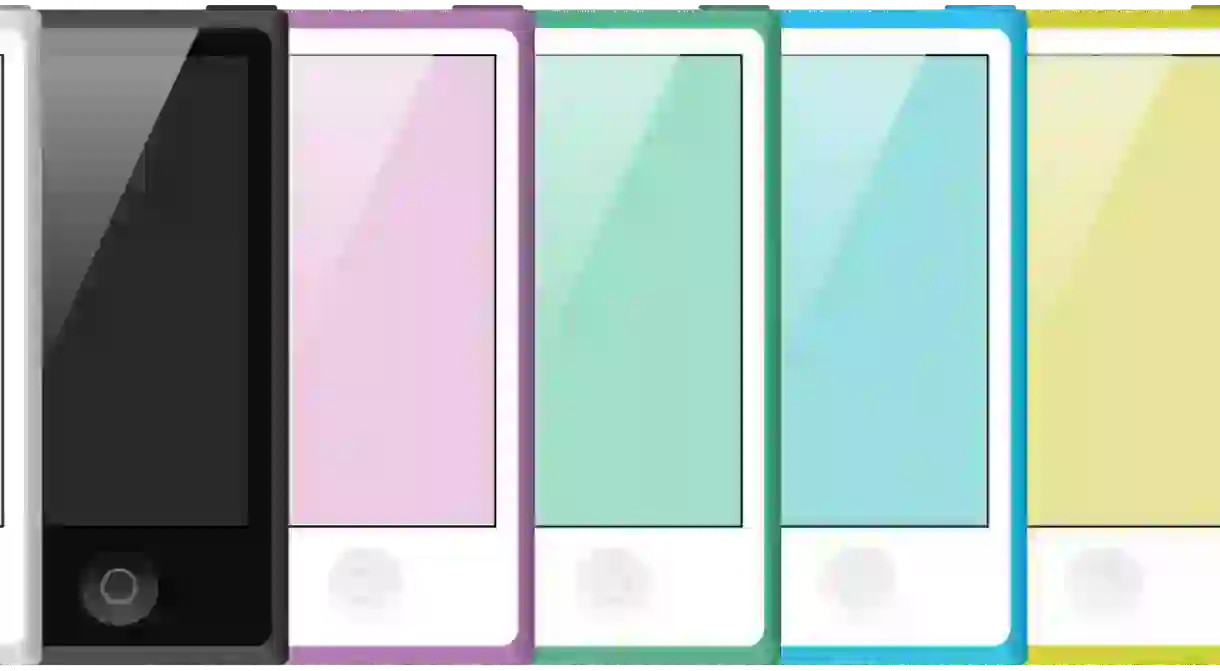Goodbye to the Nano and Shuffle, Tiny iPods that Changed Music History

I remember my first iPod.
I was 11, and a relatively unknown brand called Apple unveiled a rectangular music player that could digitally hold up to 1,000 songs. It was probably the first time I was genuinely excited about a piece of tech. I guess a few other people felt the same way, because it went pretty well for the company.
Neary sixteen years later, the tech giant has this week announced it’s pulling the iPod Nano and Shuffle out of its virtual stores. The devices were the company’s last two music players without the ability to run streaming service Apple Music, and hadn’t been upgraded for years. The iPod Touch survives for now, but in the words of Wired’s David Pierce, “that’s not a real iPod; it’s an iPhone-lite.”
The original iPod’s 2001 release coincided with the rise of Napster, and the result was revolutionary. “Music is a part of everyone’s life,” said Jobs on stage at the unveiling in Cupertino. “And because it’s a part of everyone’s life, it’s a very large target market all around the world. It knows no boundaries.” But the gadget cost $399 and, not for the first or last time, people were skeptical of Job’s vision.
Fast forward to October 2002, the release of iTunes 4.1 and the iPod’s compatibility with Windows 2000 and XP. Sales took off, and Apple took out ads reading “Hell Froze Over.”

In 2003, Apple released the iTunes Music Store and made the iPod 3 USB compatible, opening the device to Windows PCs. Oprah named it “one of her favorite things,” and the silhouette ads and white headphones became ubiquitous.

In January 2004, Apple unveiled the iPod Mini and a year later, in January 2005, announced the screen-less Shuffle, which plugged directly into computer through onboard USB.
In September came the iPod Nano, which Jobs famously announced by pulling it out of a watch pocket on his Levi’s.
Sales exploded, leading Apple to call the Nano the “world’s most popular digital music player.” The company sold its one billionth song in February 2006, but everyone was too busy illegally downloading music to notice.
In September, the second-generation iPod nano was unveiled alongside the second-generation Shuffle. Less than half a year later, in January 2007, Jobs announced the iPhone. The writing was on the wall for the iPod range, but the devices had changed music history.
This week may mark the end of the road for the entry-range Nano and Shuffle, but tech geeks are doing their best to ensure they’ll be remembered as any good tech gadget might hope to be – in the immortal words of a Twitter sendoff, #RIPiPod.













